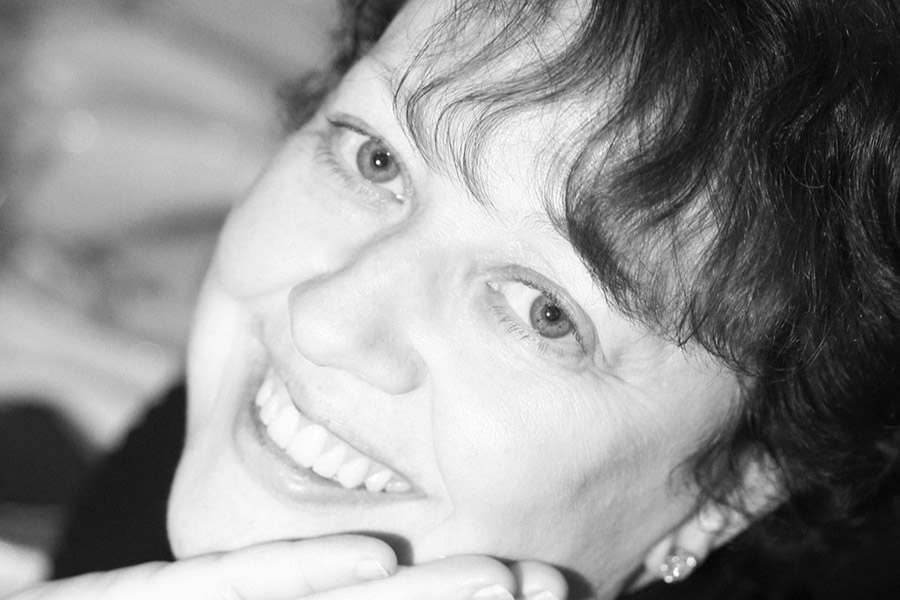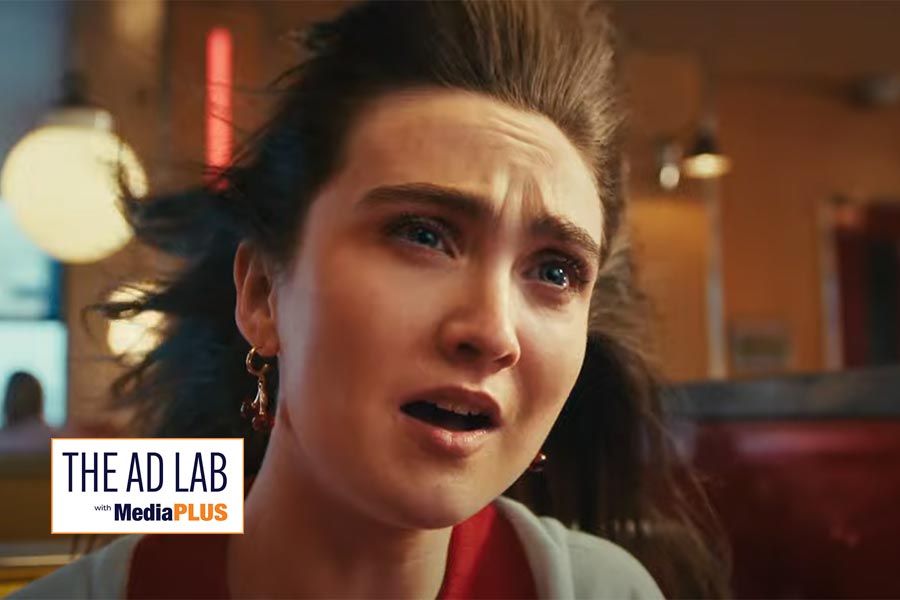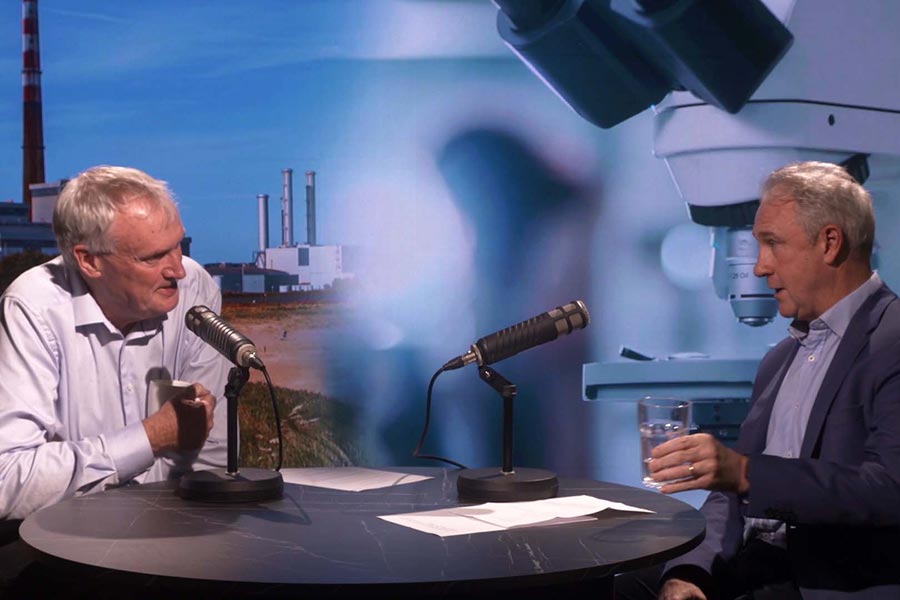Every week, Amárach and Future Proof Insights share exclusive findings from their PRIZM+ ad testing service, showcasing best practice creative advertising in Ireland.
Continuity compels. That’s the takeaway from Bank of Ireland’s intergenerational spot following the evolution of Foley’s Bakery into a modern-day café and roastery.
Rather than selling a product, the ad sells a story, one of family, place and passing things on.
And that’s exactly how the brain receives it: slow burning, consistent and comforting.
From a neuroscience perspective, our brains are wired for stories. Narrative structure activates more regions of the brain than facts alone, helping us make sense of time, identity and causality.
Stories trigger empathy, forge memory and enhance motivation, which is why narrative can be such a powerful creative vehicle, it’s not just emotionally engaging, it’s neurologically strategic.
Viewers remain steadily engaged throughout, especially in the early transitions as the baton is passed between generations.
Engagement lifts during the first time transition and again when the masked waitress processes a contactless payment, symbolising continuity in a changing world.
But for all its warmth, the ad avoids emotional high points. The story unfolds like a gentle wave.
The brain follows, but it’s never jolted. This consistency makes for comfortable viewing, but also means that emotional arousal rarely peaks in a particularly strong, memorable way.
The effect of this would result in the absence of what psychologists call peak-end effect, the idea that people remember an experience based largely on its most intense point and its final moment.
While the ad’s ending is tidy and well-branded, it lacks a true emotional climax, which could help cement it more firmly in memory.
We see motivation or desire as we call it, increase towards the latter scenes, when the voiceover speaks directly about business support.
It’s not the visuals that drive motivation, it’s the clarity of the message.
The rewind montage, closing logo and line “Bank of Ireland, begin” help reinforce the brand’s role within the story of this business, creating a strong anchor for brand related memorisation.
What the ad does well is manage cognitive load. Processing effort stays in the sweet spot from start to finish.
Nothing confuses. Nothing overwhelms. The viewer always knows what’s happening, thanks largely to the evolution of signage, clothing and set design doing the heavy lifting.
This mental ease is by design. The ad creates an experience that’s seamless, intuitive and easy to process, deliberately removing friction so the viewer can follow the story without cognitive strain.
There’s a clear storyline, a compelling setting and an honest brand message. What emerges most strongly is a sense of longevity, a business that has stood the test of time, continually transforming across generations.
This continuity is not just a narrative device, it reflects a core message: Bank of Ireland has been there at each stage.
From a behavioural perspective, it’s this steady, long-term support that reinforces trust and drives approach behaviour.
The story doesn’t need dramatic tension; its strength lies in stability, in the quiet reassurance that progress can be dependable.
From a behavioural point of view, the ad scores high on capability.
It’s clear, digestible and explains what Bank of Ireland offers. But opportunity, or the ability to act on the information presented, is limited.
This may also reflect a broader reality, most of the population don’t own or run a business, which naturally makes the narrative feel more distant for many viewers.
When we segment the data for higher socio-economic classes, or even just for those who stated that the ad was relevant to them, we see dramatic differences in terms of Behaviour and Opportunity.
The creative is certainly well made, but there's room for future enhancements and extensions. The strength of the ad is also its weakness.
It’s safe. Respectable. Measured. To take it to the next level, the story would benefit from texture, contrast or more grit to complement the warmth.
A flash of adversity. A moment of doubt. A challenge overcome. That’s what makes stories stick, and that’s what lights up the brain in all the right places.
Bank of Ireland reminds us that beginnings matter. But to truly land, it may need to show the moments in between, where things could have gone another way, but didn’t. That’s where belief is built.
For more insights from PRIZM+ on how neuroscience drives advertising impact, visit: https://www.futureproofinsights.ie/prizm-plus/









